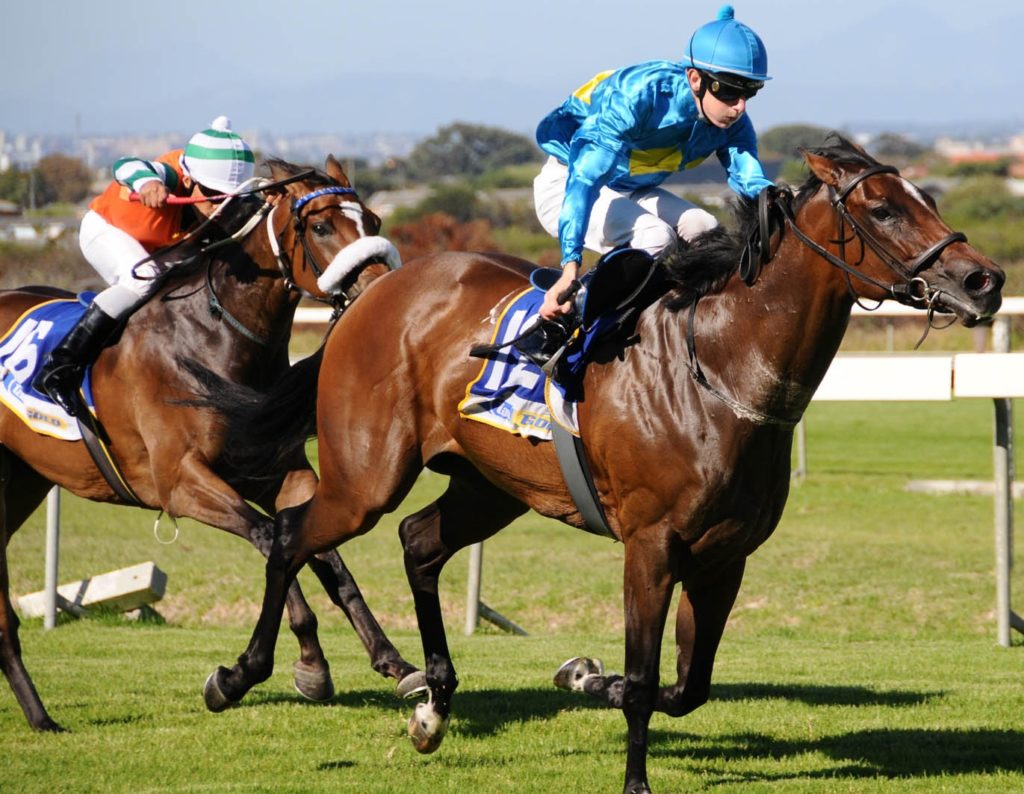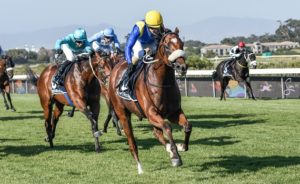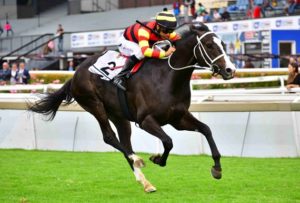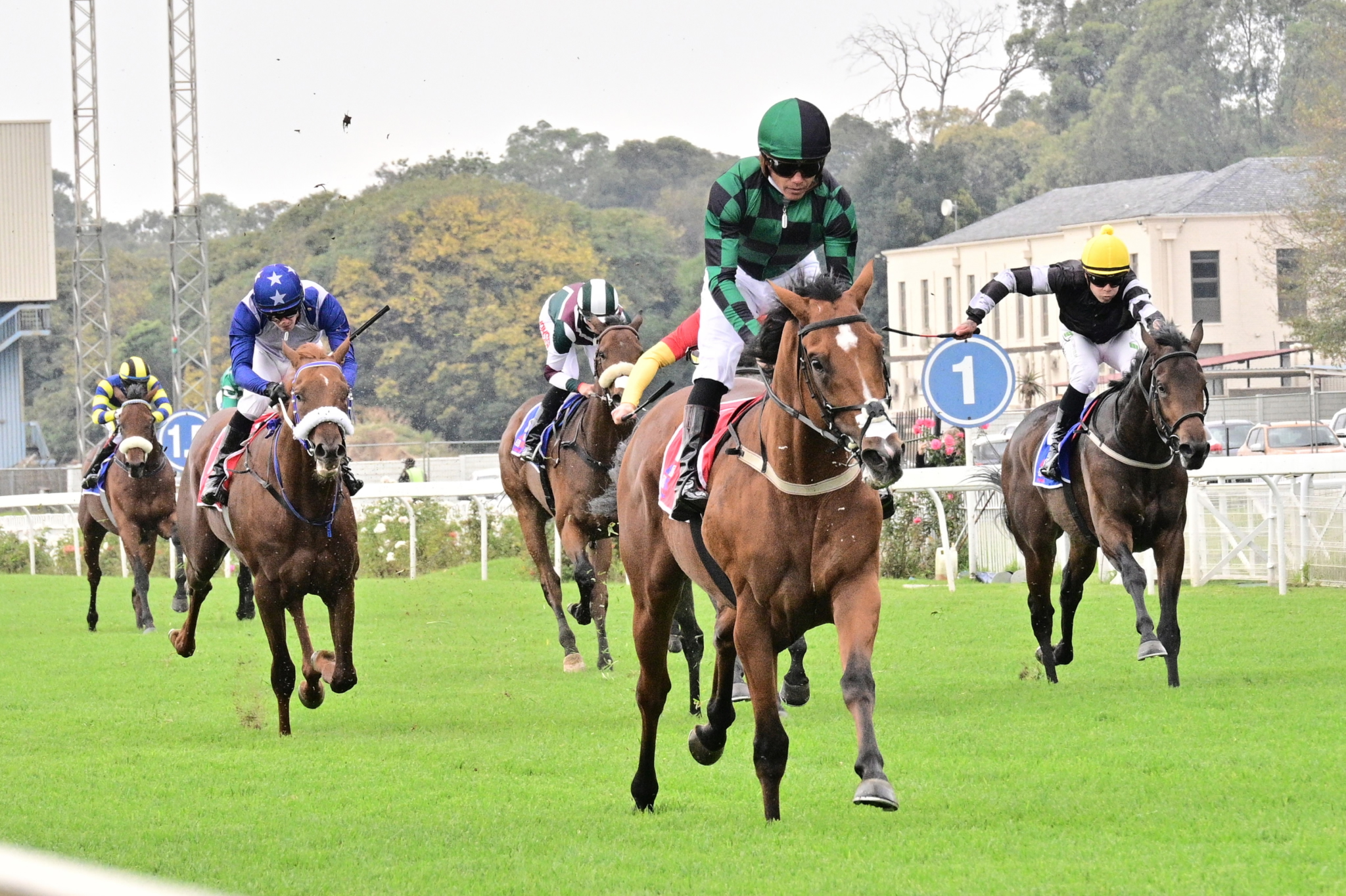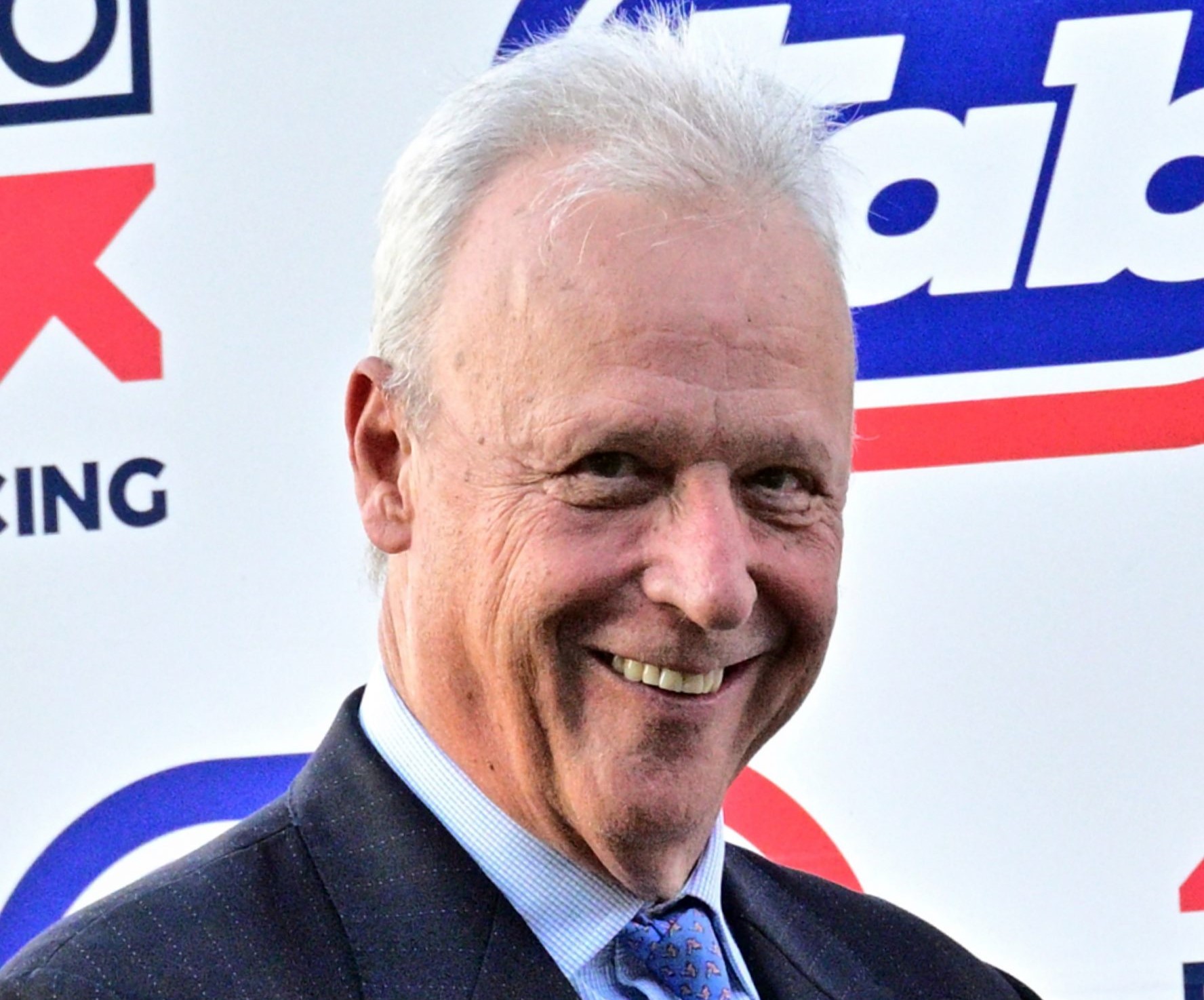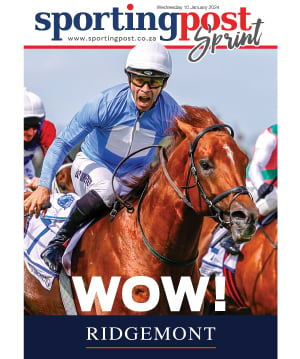One of my favourite Michael McIntyre skits is the one about choosing wine in a restaurant, writes Oscar Foulkes in Racing Reflex.
He accurately points out that the vast majority of wine drinkers couldn’t call themselves experts, of course while completely selling the audience on the hilarity of the wine list interaction. His facial expressions conveying mock knowledge are brilliant.
Most of the time, wine selection is a low stakes game. It doesn’t matter when we don’t know what we don’t know, to borrow from Donald Rumsfeld.
Racehorses, on the other hand, even if they are cheap purchases, cost a lot to feed. The same applies to breeding them. The only significant difference is the cost of bloodstock.
Professionals in this industry (and I’m including myself) know that they are going to be wrong more often than they are going to be right. When just 3% of foals end up as stakes-winners it’s a statistical inevitability.
So we develop strategies that we believe will give us an edge. Indeed, many people do outperform the averages. Pushing the stakes-winner strike rate to 10% is three times better than the average, but it still means that we are wrong nine times out of ten.
Given this fact, I wonder how Michael McIntyre would send up Thoroughbred professionals as we go about our bloodstock or yearling selection. We take notes, make serious faces, and have hushed conversations while pointing at a yearling colt’s knees. We slip a hand between bridle and jaw to assess breathing capacity, or run our hands down the joints of his front legs as if we have magical x-ray sensors on our palms. While on the subject, have you ever seen someone closely inspect the hind legs of an unfamiliar horse?
One of the generally accepted ‘truths’ is that we want female lines resplendent in black type. In the sense that this denotes a consistent transmission of athletic ability through the family, I’m in agreement. I have personal experience of female lines in our stud that flourish through reliably delivering the goods, or that have ultimately died out as a result of breeding too many slow horses.
Except that this is not entirely foolproof. There are plenty of graded stakes-winners that are not out of blue hen families.
Halfway to Heaven
I introduce Exhibit A, Halfway to Heaven, the dam of Grade I Sun Met winner Rainbow Bridge and the exciting Grade II winner Hawwaam. She is a seven-time winning Grade III stakes-winner by a Champion Sire (Jet Master). One can’t argue with that. However, she is the only black type winner in four generations of her family. There is just one other black type performer, her listed-placed grandam.
Halfway to Heaven’s dam won eight races from 21 starts (although no black type), which would explain how she cracked the nod to visit Jet Master. However, other than these smart race fillies, there is nothing happening in the family that would get the catalogue page onto a shortlist.
In terms of catalogue pages, what could be relevant is that Halfway to Heaven’s grandam has a dreadful breeding record (three foals in a row between 2006 and 2009, and then nothing until 2015), which does limit her opportunity of producing black type.
Anyway, after producing two top colts, Halfway to Heaven now has a highly desirable catalogue page.
Some might say it’s significant that Halfway to Heaven is closely inbred to Northern Dancer, along with two lines of Cosmah. What is certainly relevant, I believe, is that Gavin Walker bred and raced both Halfway to Heaven and her dam Pas de Basque, so he would have had a pretty good idea of what he was dealing with, even if it didn’t all show up on a catalogue page.
Fancy Park
For Exhibit B, we move on to Fancy Park, the dam of the hugely impressive Gauteng Guineas winner, National Park. Rob Knuppe bought her on a broodmare sale for a mere R5,000, specifically to mate her to Gimmethegreenlight, which was the mating that produced National Park.
The R5,000 price tag was probably a fair reflection of her catalogue page, but what Knuppe was after were a bunch of key ancestors revealed only by a deep search going back as many as 19 generations.
In his words: “The focused deep search is based on some key foundation mares and one of the more vital players is the foundation mare of Family 2h, Martha Lynn. Amongst her foals were five full brothers and sisters by Voltaire.
Some of these siblings are readily found in vast multiples in pedigrees today, others from certain regions only and Vortex is very rare (certainly in my experience) and Wave, the 12th dam of Fancy Park is by Vortex – a big find for me.”
While on the subject of going back numerous generations, what I find interesting about Fancy Park’s pedigree is that her sixth dam was inbred 2×3 to the great stallion Greatorex (and the fifth dam has another line of Greatorex’s dam, Mrs Butterwick).
Fancy Park won six races, but the closest she got to black type was a 2.5-length 5th in the listed East Cape Paddock Stakes. Her grandam, Buheyseh was also above average, and was considered good enough to contest the Paddock Stakes and Fillies Guineas (finishing less than 3 lengths behind Kendal Green, but unplaced). Her best progeny, Pensacola, was a minor stakes-placed 10-time winning filly, and is the closest black type on the page. Fancy Park’s third dam was the listed winner Dodi, but she didn’t produce any black type horses.
There aren’t exactly fireworks in the fourth and fifth dam either, although these horses would all have raced in an era when the racing programme wasn’t as geared towards black type.
Interestingly, there is strong ‘old-South Africa’ flavour to the female line, with Fancy Park’s fourth dam being by Marcius. I suppose this is an inevitable consequence of Fancy Park’s grandam being foaled an unusually high 36 years before her.
So, like Halfway to Heaven, while the page is lacking in black type, many of the mares that have carried Fancy Park’s family were decent.
In many cases, ‘weak’ female lines are a self-fulfilling prophecy, in that inferior stallions are used. This was clearly not the case with Rainbow Bridge (by Ideal World) and Hawwaam (by Silvano), with their dam being by Jet Master. National Park is also by a top stallion, in Gimmethegreenlight.
Given the multitude of uncertainties and unknowns – not to mention outright luck – we are left corralling our personal theories, or the observed patterns (well, what we think we’ve observed) that give us comfort when making purchase decisions. For my part, I’ll do my best to resist the urge to flick past a catalogue page that doesn’t have loads of black type.
Sometimes, as horses like National Park, Rainbow Bridge and Hawwaam prove, one has to scratch a little deeper to find the quality.
Hopefully knowledge of their slightly non-mainstream heritage reduces our set of unknown unknowns, while increasing our pool of known unknowns.
Reproduced with thanks and kind permission of Racing Reflex.



